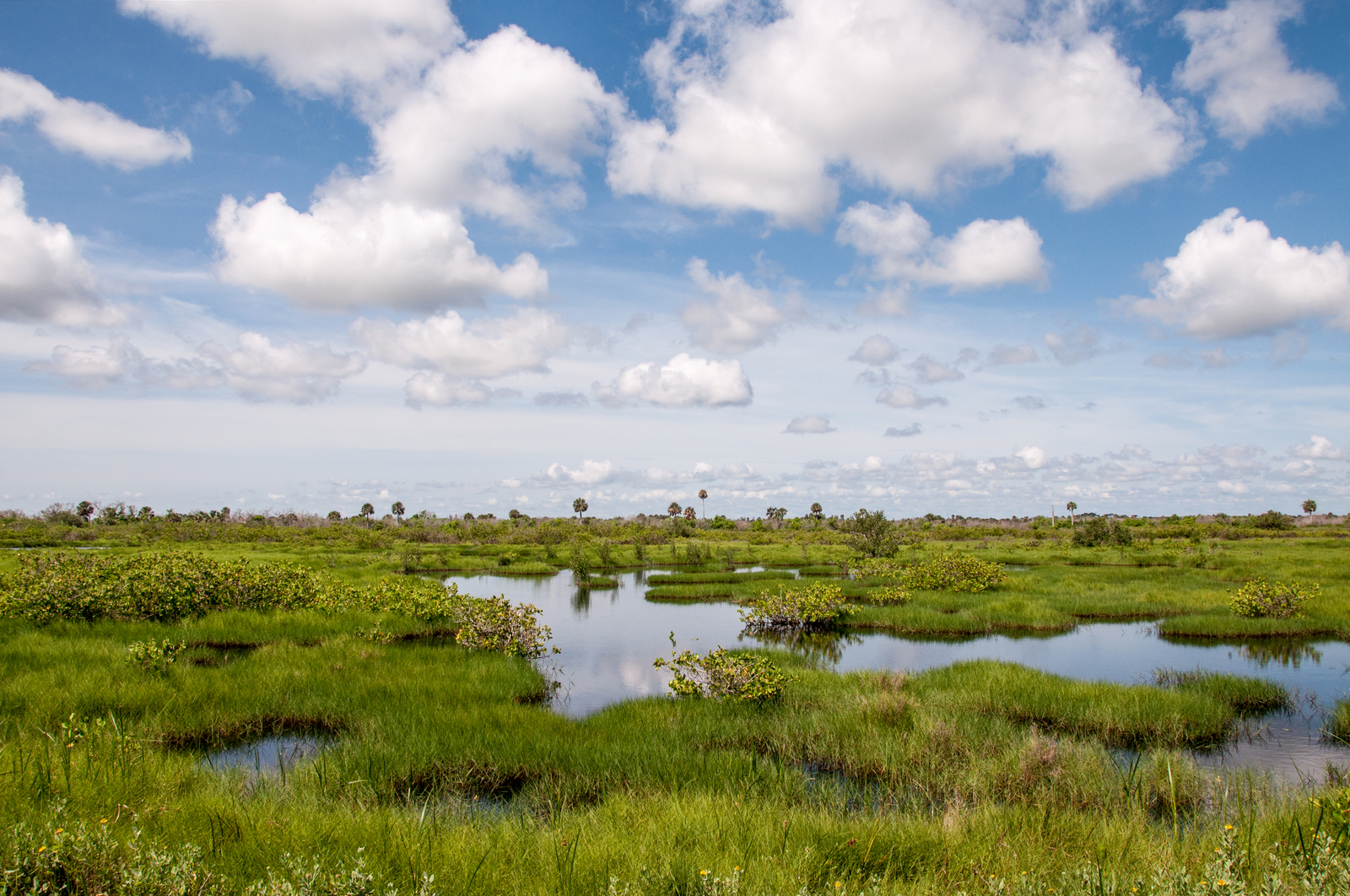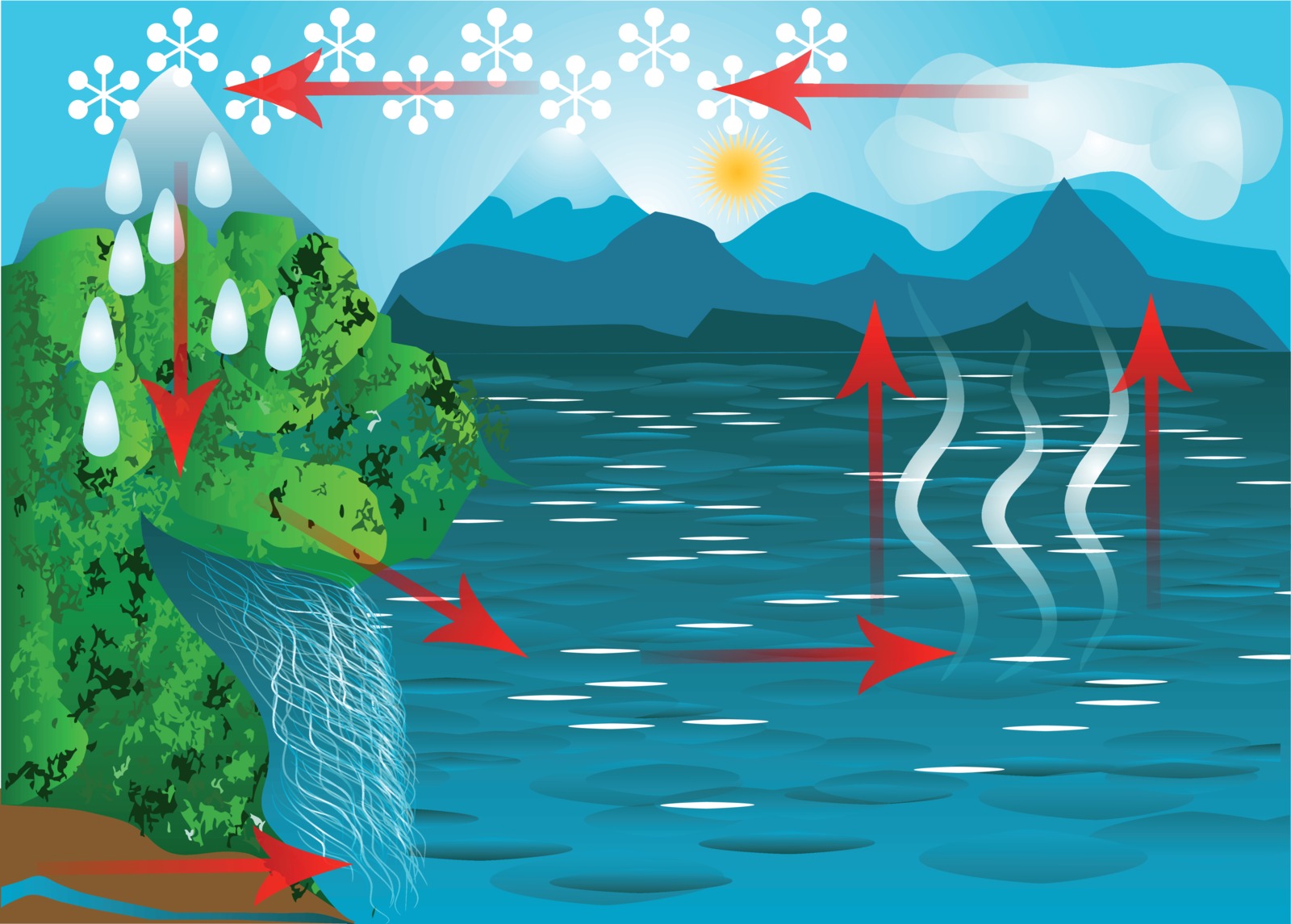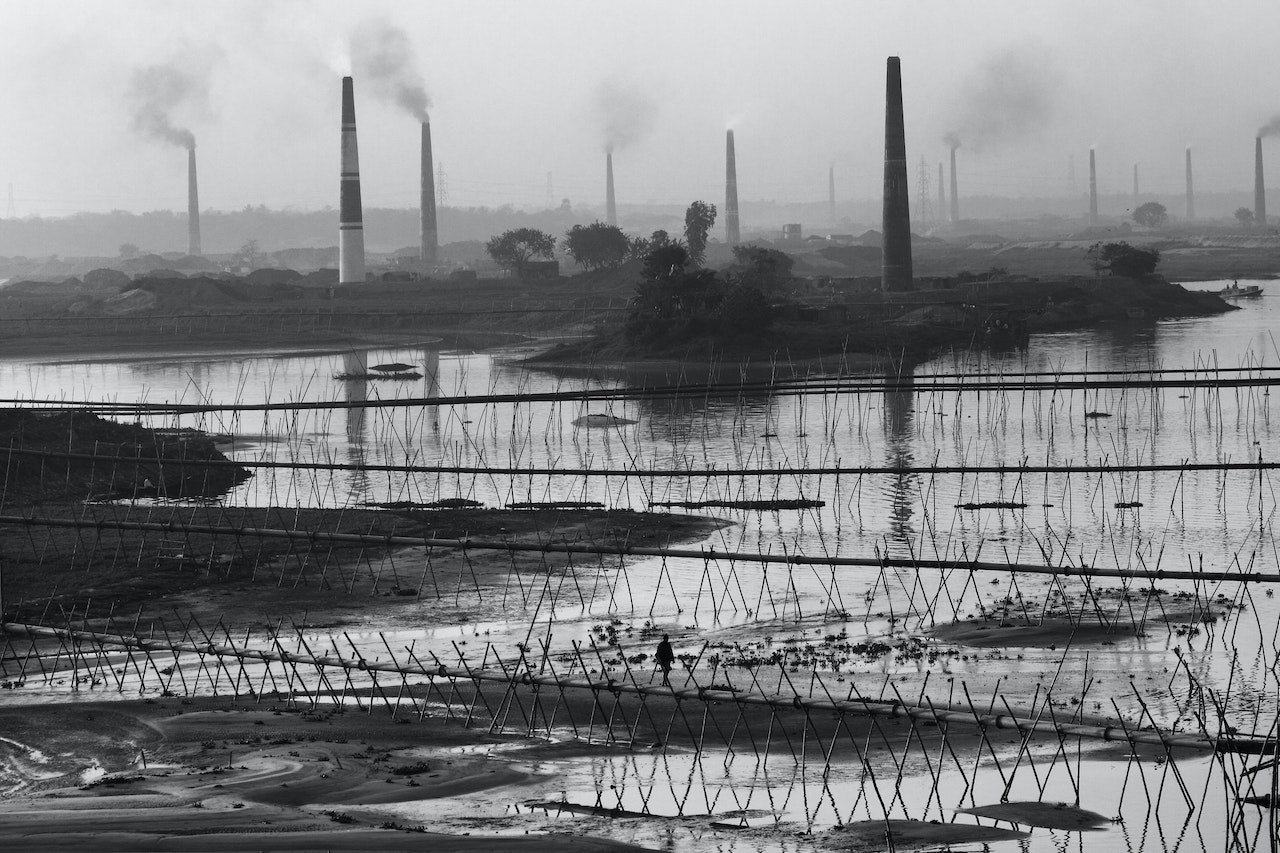The Vital Relationship Between Wetlands and Aquifers
Wetlands are critical ecosystems that play a vital role in maintaining the health and well-being of our planet’s water cycle. They are areas where the land is covered by water, either temporarily or permanently, and feature a wide range of aquatic vegetation that provides habitat for a diverse array of plant and animal species.
Aquifers, on the other hand, are subsurface layers of rock or sediment that contain groundwater. These underground reservoirs provide drinking water for millions of people worldwide and serve as an essential source of irrigation for agriculture.
The relationship between wetlands and aquifers is a crucial one, as wetlands play a significant role in recharging groundwater supplies. Wetlands act like sponges, absorbing rainfall and surface runoff before slowly releasing that water back into the environment over time.
As this water percolates through the soil, it eventually reaches aquifers where it can be stored until it is needed. The purpose of this article is to explore how do wetlands recharge aquifers in greater detail.
By examining their characteristics, hydrology, vegetation and soil composition we can better understand how wetlands recharge aquifers. Additionally, we will look at specific case studies highlighting successful wetland restoration projects as well as examples where wetland loss has resulted in decreased groundwater recharge.
Wetland Characteristics
Types of Wetlands
Wetlands are areas where the land is saturated or inundated with water for a significant portion of the year. There are several types of wetlands, including marshes, swamps, bogs, and fens. Marshes are characterized by tall grasses and reeds and support a variety of wildlife, while swamps have trees and shrubs that grow in standing water.
Bogs are acidic wetlands that have a layer of peat moss on top, which makes them nutrient-poor environments. Fens are similar to bogs but have more nutrients due to an influx of groundwater.
Hydrology and Water Flow in Wetlands
Hydrology refers to the movement of water through the landscape. In wetlands, water moves slowly through the soil due to low permeability and high soil moisture levels.
Wetland hydrology is influenced by factors such as topography, precipitation patterns, and vegetation cover. Wetland soils can hold large amounts of water due to their high organic content which allows them to act as sponges during periods of heavy rainfall.
Vegetation and Soil Composition
Vegetation plays a crucial role in wetland ecosystems by providing habitat for wildlife and contributing to water quality improvement. The types of plants found in wetlands vary depending on factors such as soil type, climate conditions, and hydrology.
Common wetland plant species include cattails, sedges, rushes, ferns among others. Soil composition also varies greatly within different types of wetlands depending on factors like soil drainage patterns.
However, most soils found in wetlands consist largely organic matter which retains water much better than mineral soils do making them ideal for supporting aquatic plants growth. Overall understanding the characteristics unique to each type of wetland provides insight into how they function and interact with groundwater to recharge aquifers.
Aquifer Characteristics
Aquifers are underground layers of permeable rock or sediment that are saturated with water. They can be located at varying depths and can range in size from a few square miles to thousands of square miles.
There are two types of aquifers: unconfined and confined. Unconfined aquifers have water that is directly exposed to the atmosphere, while confined aquifers have a layer of impermeable rock above them, which prevents direct recharge from the surface.
Types of Aquifers
There are several types of aquifers, including alluvial, sandstone, limestone, and volcanic. Alluvial aquifers consist of sand and gravel deposits that were left behind by rivers or glaciers. Sandstone aquifers are made up of layers of sandstone rock that have good permeability and porosity.
Limestone aquifers consist of soluble limestone rocks that create caves, sinkholes, and underground rivers where water can move freely through the rock. Volcanic aquifers occur in areas with recent volcanic activity where lava flows have created fissures in the ground for water to flow through.
Hydrology and Water Flow in Aquifers
The hydrology and movement of water within an aquifer depend on several factors such as permeability, porosity, hydraulic conductivity, hydraulic gradient, and pressure differentials. These factors determine how much water an aquifer can hold and how quickly it can be recharged or depleted. Water flows into the groundwater reservoirs (aquifers) through infiltration from precipitation or surface waters like streams or lakes.
Importance of Groundwater Recharge
Groundwater recharge is crucial for maintaining healthy aquifer systems as it ensures enough groundwater for human consumption as well as for agricultural use without depleting this valuable natural resource. In addition to providing drinking water to communities around the world, groundwater is also used for irrigation, industrial processes, and energy production. Thus, understanding the characteristics of aquifers and the factors that influence groundwater recharge is essential for effective water resource management.
Wetland-Aquifer Interaction
Wetlands can play a vital role in recharging groundwater aquifers. This interaction between wetlands and aquifers occurs when water from precipitation or surface water sources passes through wetland vegetation and soils, infiltrates into the ground, and ultimately reaches the underlying aquifer. The process of groundwater recharge occurs naturally in wetlands because of the slow flow of water through soils and plants.
How water moves from wetlands to aquifers
The movement of water from wetlands to aquifers is a complex process that is influenced by many factors including soil and sediment type, landscape features, vegetation types, and hydrology. As precipitation or surface water passes through the plant cover and topsoil layers of a wetland, it is filtered by organic matter before it reaches underlying mineral sediments that store groundwater. Once infiltrated into the subsurface, water migrates downslope under gravity toward areas where there is less pressure.
Factors affecting the rate of recharge
Several factors including temperature, rainfall intensity, soil saturation levels, vegetation density as well as soil permeability all influence how quickly infiltrating waters enter an aquifer system. Studies have shown that during periods with high rainfall rates or prolonged periods of rainwater infiltration due to saturated soils can lead to rapid recharge rates. In contrast during dry periods when there is little vegetation growth or low amounts of rainfall may lead to slower recharging rates.
The role of vegetation in the recharge process
Vegetation plays an essential role in regulating how much water enters an aquifer system from a wetland ecosystem by soaking up moisture through its roots which slows runoff and reduces erosion while ensuring more infiltration rates into underground systems. Additionally tree roots help penetrate hard soils allowing more vertical penetration leading to better uptake by plant root systems thus increasing infiltration rates into underlying sand and gravel substrates.
Overall, the wetland-aquifer interaction is a complex process that is affected by many factors, including soil type, vegetation cover, and hydrology. Understanding these dynamic interactions between wetlands and aquifers is essential for sustainable groundwater management planning and protection.
Case Studies
Wetland Restoration Projects that have Successfully Recharged Aquifers
Wetland restoration projects have been implemented in many areas of the world to restore degraded wetlands, improve water quality, and augment groundwater recharge. The success of these projects has been documented in several studies. One such project was conducted in the Sacramento-San Joaquin Delta in California, where a 40-acre wetland was restored by removing invasive species and allowing native plants to reestablish.
As a result of this project, the recharge rate increased from 0.1 inches per year to over 4 inches per year. Another successful project was completed in the Florida Everglades, where a large-scale wetland restoration effort has been underway for over two decades.
The restoration involved reestablishing water flow patterns and removing invasive species that had disrupted natural vegetation communities. These efforts have led to an increase in groundwater recharge rates by up to 10 times previous levels.
Examples Where Wetland Loss has Resulted in Decreased Groundwater Recharge
Wetland loss due to human activity is a significant concern because it can lead to decreased groundwater recharge rates. For example, the draining of wetlands for agricultural purposes in Iowa has resulted in significant decreases in groundwater recharge rates over time.
In some areas, groundwater levels have dropped by more than 100 feet since extensive drainage began. In addition, urbanization and development have contributed to widespread loss of wetlands worldwide.
This loss has resulted in decreased infiltration rates and increased surface runoff leading to flooding incidents during heavy rainfall events. In coastal areas where saltwater intrusion is already a problem due to over-pumping aquifers, lost wetlands make the situation even worse as saline water can seep further inland with no natural barriers available.
To address this issue, some cities are implementing policies that require developers to create or restore wetlands as a mitigation measure when building on previously undeveloped land. These efforts aim to not only preserve the natural environment but also ensure that groundwater recharge rates remain at sustainable levels.
Conclusion on How Do Wetlands Recharge Aquifers
After examining the various aspects of how wetlands recharge aquifers, it is clear that these ecosystems play a crucial role in maintaining sustainable groundwater resources. Through their unique hydrological and vegetative characteristics, wetlands are able to capture and store large amounts of water, which then slowly percolate into underlying aquifers over time. However, wetlands are facing an increasing threat from human activities such as land conversion and development, which can greatly diminish their ability to recharge groundwater resources.
Summary of key points
Wetlands are an essential component in the natural system that recharges groundwater resources. The complex hydrology and water flow within wetlands allow them to store and slowly release water into underlying aquifers over time.
The vegetation and soil composition also play a key role in facilitating the recharge process. However, anthropogenic activities such as land conversion pose a significant threat to wetland ecosystems, which can ultimately lead to reduced groundwater recharge.
Importance of preserving and restoring wetlands for sustainable groundwater management
Preserving and restoring wetlands is crucial for ensuring sustainable groundwater management practices in the long term. Wetland restoration projects have been shown to be effective in recharging depleted aquifers, while also providing numerous other ecological benefits such as flood control, habitat creation for wildlife, and carbon sequestration. By preserving existing wetland ecosystems from degradation or loss due to human activities, we can ensure that they continue to provide important ecosystem services such as groundwater recharge.
Final thoughts on How Do Wetlands Recharge Aquifers
While our understanding of how do wetlands recharge aquifers has improved significantly in recent years through scientific research efforts, there is still much more work that needs to be done. There is a need for continued monitoring of both wetland health and associated changes in regional water supply levels over time at larger scales than currently studied. Also, research focusing on the potential of new wetland restoration technologies may lead to improved methods for increasing groundwater recharge rates while also providing even greater ecological benefits.


